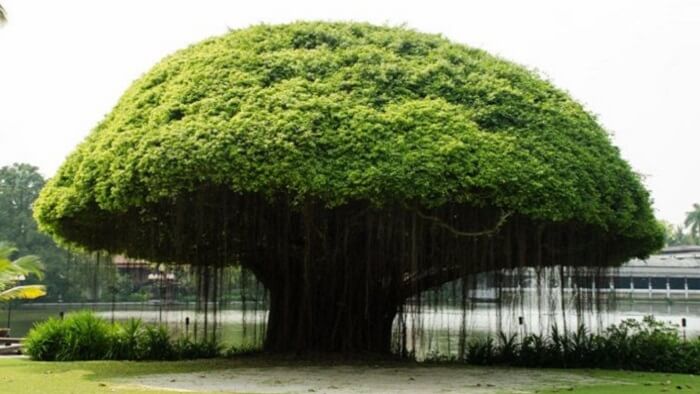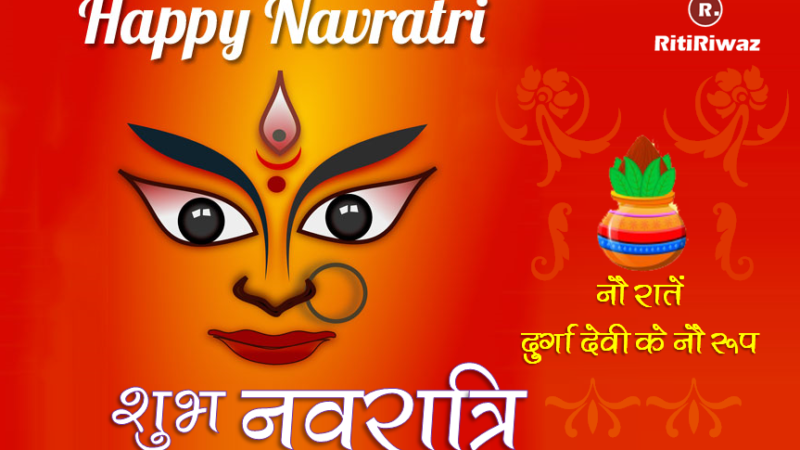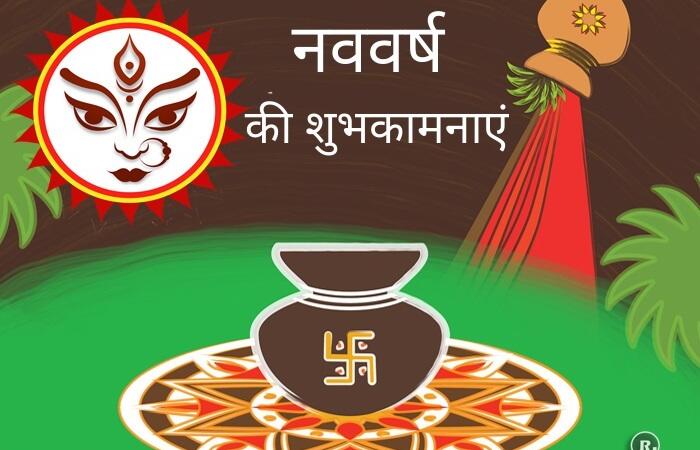National Tree Of India | Banyan

The National Tree of India is The Banyan Tree. This huge tree towers over its neighbors and has the widest reaching roots of all known trees, easily covering several acres. It sends off new shoots from its roots so that one tree is really a tangle of branches, roots, and trunks. The banyan tree regenerates and lives for an incredible length of time–thus it is thought of as the immortal tree.
Its size and leafy shelter are valued in India as a place of rest and reflection, not to mention protection from the hot sun! It is still the focal point and gathering place for local councils and meetings. India has a long history of honoring this tree; it figures prominently in many of the oldest stories of the nation.
Suggested Read: National Flower Of India
Cultural Importance Of The Banyan Tree
In the Hindu religion, the banyan tree is considered sacred and is called “Ashwath Vriksha” (“I am Banyan tree among trees” – Bhagavad Gita). It represents eternal life because of its seemingly ever-expanding branches.
In Hindu mythology, the banyan tree is also called Kalpavriksha meaning ‘wish-fulfilling divine tree’.
The banyan is part of the coat of arms of Indonesia. It is meant to symbolize the unity of Indonesia – one country with many far-flung roots.
Brian Aldiss, in his novel Hothouse, describes a future Earth where a single huge banyan covers half of the globe, due to the fact that individual trees discover the ability to join together, as well as drop adventitious roots.
Ta Prohm in the Angkor Wat temple complex is well known for the giant banyans that grow up, around, and through its walls.
Older banyan trees are characterized by their aerial prop roots which grow into thick woody trunks which, with age, can become indistinguishable from the main trunk. Old trees can spread out laterally using these prop roots to cover a wide area. The largest such tree is now found in Kolkata in India. One famous banyan tree was planted in 1873 in Lahaina’s Courthouse Square in Hawaii and has grown to now cover two-thirds of an acre.
Suggested Read: National Symbols Of India






